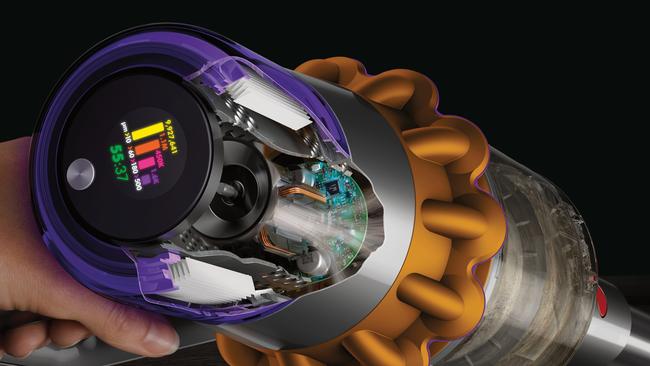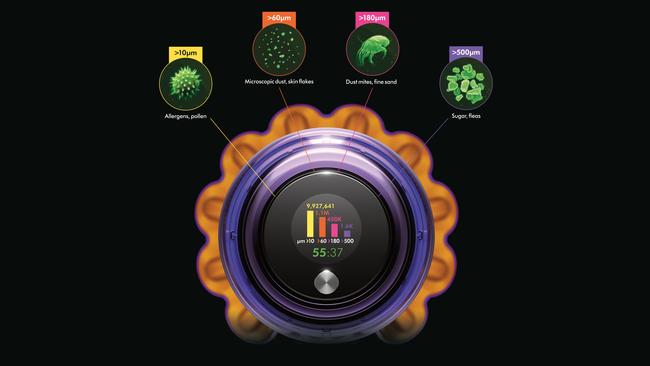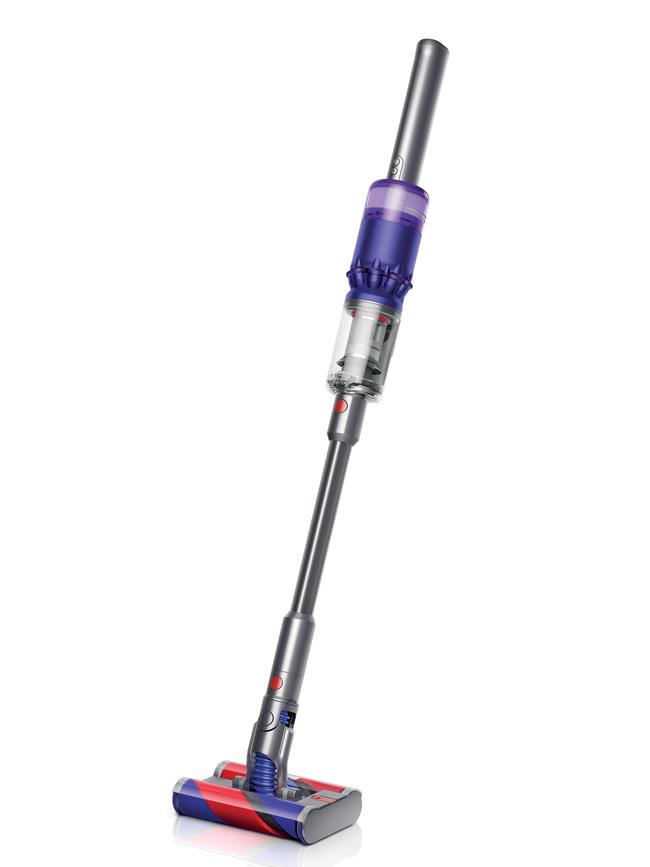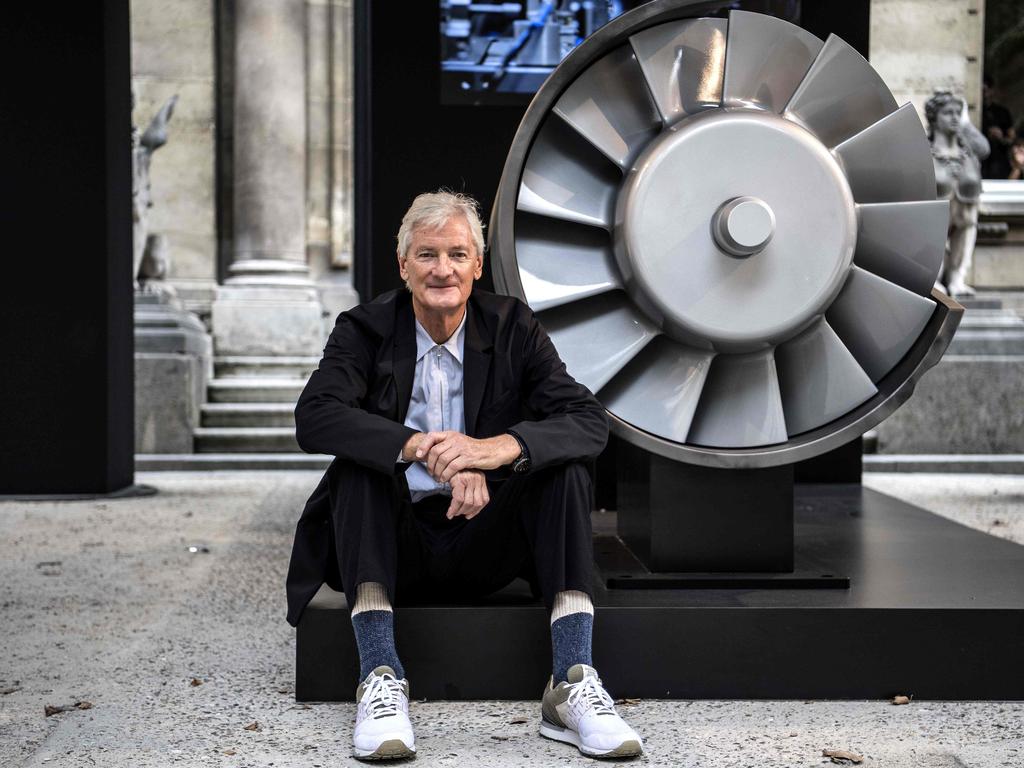The Dyson V15 Detect not only vacuums. It tells you all about your dust
We preview Dyson’s V15 Detect cordless vacuum and share local prices, availability and a video demonstration by Sir James Dyson himself.

Vacuum cleaners have been with us for at least 120 years. Early models were hand-pumped, operated with gasoline, and some were enormous horse drawn systems parked outside a customer’s home with hoses fed inside from the street.
Some early systems didn’t suck air, rather they blew it, creating a cloud of dust in the process. Sanity prevailed by about 1915 when smaller motorised vacuum cleaners came to market.
The UK Science Museum says the later to-be-assassinated Russian Tzar Nicholas II, and Germany‘s Kaiser Wilhelm II bought their own vacuum cleaners. That’s a long time ago.
With more than a century’s development time, you’d think vacuum cleaners couldn’t get any better. Technology firm Dyson and its founder Sir James Dyson beg to disagree. On the contrary, the company is “obsessed” with dust and removing more of it.
“We actually have dust farms at Dyson and we have microbiology labs,” The Australian is told. “We‘re one of the only companies in the world that has its own in house microbiology lab with scientists, analysing dust from all corners of the globe.”
Preparing the company’s next generation of vacuum cleaners is done and dusted and we were given a private demonstration of its new models’ features two months ahead of its release.
Come May 27, Dyson will release its V15 Detect handheld cordless vacuum cleaner which is as much a dust sleuth as a vacuum. Dyson says it tells you a lot about the dust it sucks up.
“We are all cleaning more frequently and unknowingly surrounding ourselves with pollution sources like formaldehyde which is found in paint, pressed wood and new furnishings,” says Sir James.
“The Dyson V15 Detect and the Dyson Purifier Formaldehyde are both capable of detecting and removing particles, giving the ultimate reassurance – scientific proof of a healthier, cleaner home.”

Dyson is again using cyclonic separation. Fast spinning air forces dust particles to the centre just as objects are sucked into the centre of a cyclone. An LCD screen shows the sizes and numbers of dust particles in four categories. You get the dirt on your dust.
We spent most of our time with Dyson examining the V15 Detect. When vacuuming hard flooring, you see where you have and have not vacuumed thanks to a green laser light that’s angled at 1.5 degrees to expose the dust layer. As Dyson says, vacuuming is akin to painting clean on the floor.
Sir James says the vacuum meticulously sizes and counts the particles 15,000 times a second, using an acoustic sensor which converts vibrations into electrical signals.
The V15 Detect can vary suction power depending on the floor type and the amount of dust. We saw the vacuum cleaner rev up as it got stuck into a big pile of dust. Dyson vice president for the floor care category John Churchill says the vacuum can separate particles as small as 0.1 to 0.2 microns.

The V15 Detect also aims to reduce the amount of hair getting entangled in the brushes. Removing it manually from the rollers can be time consuming and annoying. The V15 Detect has a conically-shaped brush that spirals hair off into a bin thanks to 56 polycarbonate teeth. The brush has edge-to-edge cleaning to remove dirt next to skirting boards. The vacuum has a five-stage filtration system.
There’s a two-layer filter – a HEPA filter that Dyson says should last the life of the vacuum. It should however be washed and dried every 1 to 3 months. An algorithm detects when the filter needs cleaning and displays an animation on the LCD screen.
Dyson says the battery lasts about an hour and the V15 Detect charges when it is stowed.
There are two versions. The more expensive Dyson V15 Detect Absolute Extra, with a HEPA filter is $1,449 while the V15 Detect Total Clean is $1,399. Both will be available from May 27 at dyson.com.au.
In the end Dyson’s unique and meticulous system used for bagging your dust, its reputation for engineering excellence and careful manufacturing gives you confidence that the V15 Detect will deliver, but you’d need to try it on your own dust in a home environment to know for sure.
Dyson Omni-glide

Dyson announced a smaller, secondary vacuum that can glide sideways: left and right, as well as forwards and backwards. You can flick it in any direction. An omnidirectional “fluffy” cleaner head floats across floors on four 360 degree stabilising castors. The Omni-glide is designed to manoeuvre around obstacles and into tight spaces. It manages this by lying flat on the floor.
It sucks up particles as small as 0.3 microns and uses a five-stage filtration process. The Omni-glide spins at 105,000rpm and runs about 20 minutes on a single charge. It’s aimed at daily spot cleaning and will be available from May 27 for $599 rrp at dyson.com.au.





To join the conversation, please log in. Don't have an account? Register
Join the conversation, you are commenting as Logout